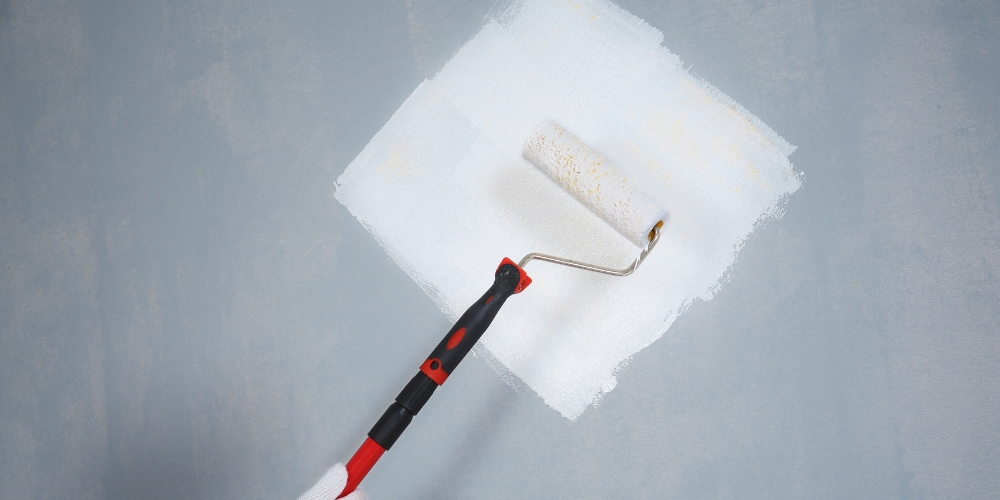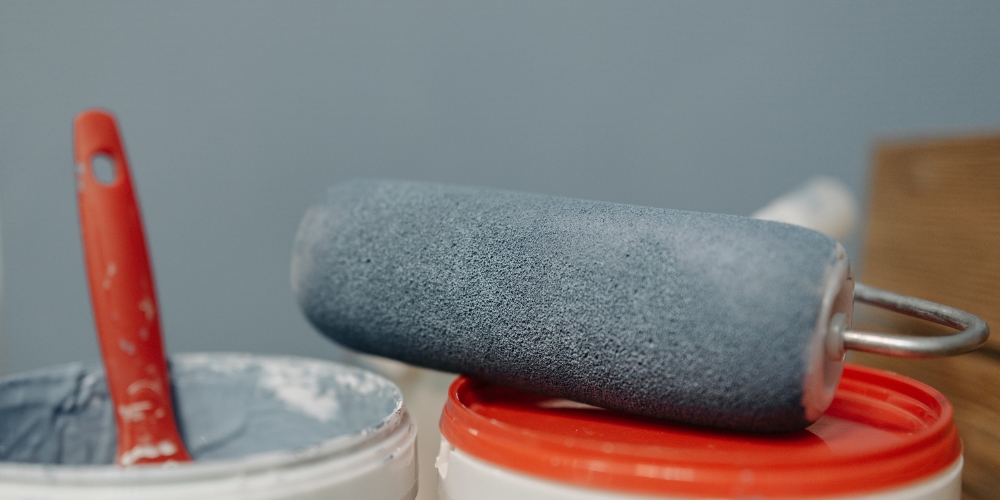Renovating a room in Kazakhstan demands thoughtful planning and precise resource allocation. When it comes to painting, an accurate calculation of paint volume is essential to stay within budget and achieve a flawless finish. Residents in Kazakhstan seek quality building materials and often explore reliable online resources such as the company Kraska.kz kraska.kz to access a wide range of paints with convenient delivery across the country. Knowing exactly how much paint you need not only prevents waste but also avoids the frustration of running short midway through the project. This guide demystifies the process of estimating paint for any room by covering essential measurement steps, local climate considerations, and expert recommendations for an impeccable result.
Key Factors Influencing Paint Consumption in Kazakhstan
Calculating the right amount of paint begins with understanding the unique aspects of the room and location. Ceiling height, total wall area, chosen paint type, and the texture of surfaces all play a major role. In Kazakhstan, the climate can impact drying times, with extreme temperature swings between seasons. Walls exposed to the harsh sun or significant humidity might require extra coats or special formulations.
Paint coverage rates are typically stated by manufacturers in square meters or square feet per liter or gallon. For standard latex paint, one gallon covers approximately 350–400 square feet on smooth surfaces. However, rough or textured walls typical in some Kazakhstani constructions may absorb more paint, reducing this coverage.
When painting over dark colors or unfinished surfaces, an additional layer or a specialized primer may be necessary, further increasing consumption. To calculate wall area, multiply the length by the height for each wall and total the results, subtracting the surface area occupied by doors and windows. For more accurate estimation, consider measuring each wall separately since rooms often vary in dimensions. If painting ceilings or interior woodwork, these must be added to the tally.
Paint finishes are also important. High-gloss paints typically offer better coverage but might be less suitable for living spaces. Matte or eggshell finishes are common choices for their subtle appearance but may require more than one coat, especially on porous surfaces. Environmental factors matter: in the dry continental climate of Kazakhstan, paint may dry faster, necessitating swift work between coats.
Step-by-Step Guide to Accurately Calculate Paint Requirements
Achieving a precise paint estimate entails a systematic approach, accounting for every variable. Each step ensures maximum accuracy and optimal results, whether for a residential renovation or a new build in Kazakhstan.
Measure Your Walls and Ceilings
Begin with the room’s total perimeter (add the lengths of all walls) and multiply by the ceiling height to determine the wall area. Subtract the area of doors and windows to avoid overestimating. Standard doors are about 21 square feet, and windows average 12–15 square feet. For rooms with alcoves or unusual shapes, measure each section separately to sum their total.
Determine Paint Coverage Rate
Consult the paint container or technical data sheet to find the manufacturer’s coverage rate, which might differ depending on the brand or type. Keep local climate in mind: cold or very dry conditions can affect how paint spreads and dries, sometimes making a second coat necessary even if the paint advertises one-coat coverage.
Account for Multiple Coats and Special Surfaces
If changing the wall color dramatically—such as from dark to light—a primer or multiple coats become essential. Adjust your total calculation accordingly. For textured walls, add a margin of 10–20% more paint. Likewise, surface materials like plaster or unpainted drywall absorb more, requiring additional paint.
Apply the Formula
For most projects in Kazakhstan, use this general formula:
(Total wall area – total door and window area) ÷ paint coverage per gallon × number of coats = gallons of paint needed

Example: If your walls total 400 square feet (after subtracting doors and windows), with a paint covering 350 square feet per gallon, and you need two coats:
(400 ÷ 350) × 2 = 2.3 gallons Round up to 3 gallons to ensure full coverage and touch-ups.
Consult Local Experts and Resources
Beyond mathematical formulas, professional advice can make a significant difference. Consult local specialists, or use online calculators from trusted resources. For those seeking both paint and expertise, the company Kraska.kz offers a broad selection of materials for every need including building materials with delivery across Kazakhstan providing additional guidance for DIY home renovators and contractors alike.
Choosing the Right Paint and Supplies for the Kazakhstani Climate
Selecting the ideal paint involves more than just color. In Kazakhstan’s continental climate—with hot, dry summers and chilly winters—durability and proper formulation are crucial.
Water-based acrylic paints dominate the market due to their quick drying times and easy cleanup, but oil-based options may be preferable for high-traffic areas or rooms prone to moisture. For south-facing rooms exposed to strong sunlight, choose paints with UV-resistant properties to prevent fading. In regions like Almaty or Nur-Sultan, where humidity can fluctuate, mildew-resistant paints safeguard against future issues.
Proper preparation of the surface enhances both the look and longevity of paint. Remove any old, peeling paint, sand rough surfaces, and use a primer suitable for your chosen topcoat. Applying the correct number of coats ensures even coverage and maximizes the lifespan of the finish. The company Kraska.kz supplies an extensive range of primers, brushes, rollers, and accessories so you can easily find everything you need at building paints for interiors and exteriors to match local requirements and preferences.
Essential Steps for Surface Preparation
- Remove dust, grease, and loose material from walls.
- Repair cracks and holes with filler, allowing it to dry thoroughly.
- Sand the surface to a smooth finish.
- Wipe walls with a damp cloth to eliminate remaining dust.
- Apply a high-quality primer when painting on unpainted or highly absorbent surfaces.
These preparatory stages greatly influence final paint consumption and quality.
Practical Tips to Optimize Paint Use and Avoid Waste
Efficient use of paint not only saves money but contributes to more sustainable renovation practices. Here are some key strategies:
- Always complete accurate measurements for all surfaces to be painted.
- Invest in high-quality tools; good brushes and rollers apply paint evenly and reduce material waste.
- Mix all purchased paint together in a large bucket (called “boxing”) to ensure color consistency, especially for large rooms.
- Store leftover paint properly, sealed tightly and stored away from temperature extremes for future touch-ups.
- Plan for a small surplus to account for mistakes, repairs, or future spot painting.
- Dispose of excess paint according to local environmental regulations—never down drains or regular trash.
For those looking to streamline delivery and selection, the company Kraska.kz provides convenient access to building materials and paints alongside expert advice at primer paint for walls and ceilings which aids in project efficiency and material stewardship.
Frequently Asked Questions and Common Mistakes in Paint Calculation
Misjudging paint needs is a frequent issue, often due to inaccurate surface measurements, ignoring the impact of doors and windows, or underestimating the effect of surface texture. To avoid these pitfalls, double-check all measurements, consult coverage recommendations for the specific paint chosen, and always round up to the nearest whole can for peace of mind. Local climatic variables—like dry air or seasonal temperature changes—may require minor adjustments to standard formulas.
Leveraging tools and consultation, such as those available via Kraska.kz, ensures you have all relevant data and supplies before beginning your project. Approaching the task methodically guarantees not only a visually stunning result but also a smooth renovation process from start to finish.

Final Recommendations for Painting Projects in Kazakhstan
Accurately estimating paint for your room is a blend of careful measurement, an understanding of your materials, and attention to local conditions. By following these expert guidelines and making informed choices, you achieve a high-quality, durable finish tailored to the unique demands of Kazakhstan’s homes and climate.

